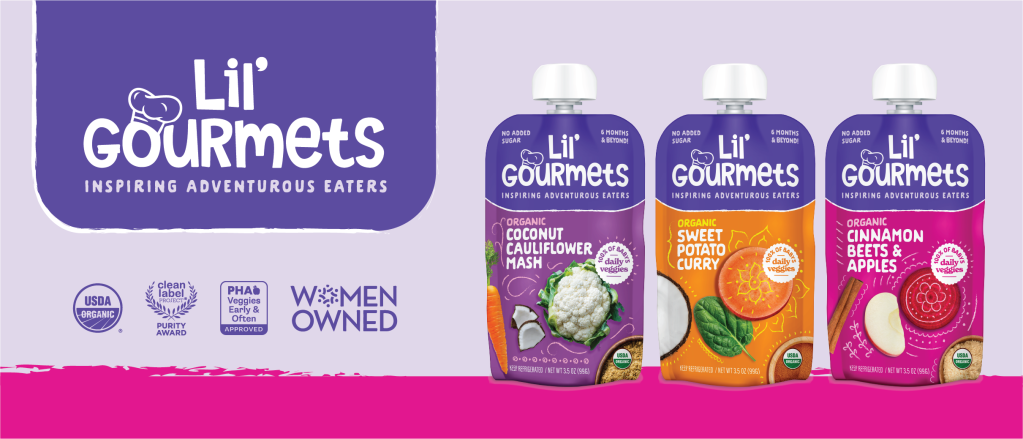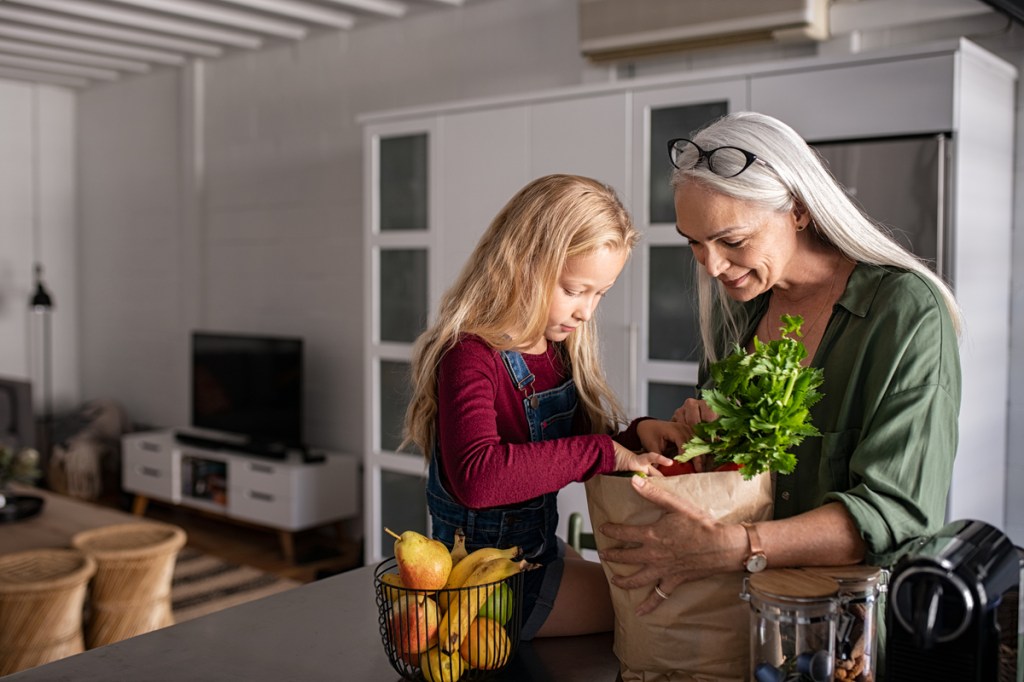Amazon remains the leader in online consumer packaged goods (CPG), continuing to outpace the competition in share of sales and buyers. Yet, its share growth has slowed.
A downward shift in Amazon’s share of CPG sales in the U.S. sends an important message to retailers and manufacturers. Traditional and non-traditional retailers have been accelerating their responses to Amazon by adjusting their omnichannel offerings and strategies. These adjustments have helped them steal share from the global online player, but other factors are at play.
Today, the playing field online has become exponentially more crowded, and while that does bring complications, it also means that many merchants have begun to hit their stride with consumers online.
Back in 2017, Amazon had a 43% hold on CPG e-commerce. This year, that figure has fallen to 39%. On the flipside, we’ve seen Walmart triple its share to 6%, Instacart double in size to 8% and we’ve witnessed healthy share growth among merchants like Target, Kroger, and Chewy.com.
Let’s make no mistake in recognizing the incredible returns Amazon has earned and exceeded year-over-year. The online giant continues to dictate the pace of change, driving a third of all growth experienced in CPG e-commerce since early 2017. But what’s reassuring to those trying to break into the online space, or grow their footprint, is that their efforts have not been immaterial.
Despite such impressive growth contributions, Amazon’s share has declined because of the success in consumers’ collective adoption of digital commerce in CPG. It’s a bit of a win-win scenario. Yes, Amazon is still on a level of its own, bringing in 33% of all dollar gains in CPG e-commerce. However, the other ~66% of growth is a true testament to positive change for other players that are actively investing in their online operations.
Careful attention to online purchase fulfillment has been a meaningful success factor in CPG. Click-and-collect now accounts for 11% of all CPG e-commerce sales, a dramatic rise from 4% just two years ago and a trend to get in front of, based on what we see in big click-and-collect markets like France. The breadth and availability of ways in which consumers can conveniently access CPG purchased online has been a clear driver of growth. Where food and beverages have been historically among the hardest of sells online, consumables in CPG now represent $1 in every $3 spent online. Growth of e-commerce for food and beverages is also up 46% in each of the past two years.
From competitively priced and timely delivery to the expansive array of pick-up locations and click-and-collect models (from curbside pick-up, to drive-thrus and more), online fulfillment of CPG e-commerce has been redefined in America. While the broadened distribution of e-commerce dollar share bodes well, the U.S. market is still in its infancy when it comes to adopting and localizing online purchase fulfillment. One in 10 surveyed Americans are already using in-store click-and-collect purchasing. But that pales in comparison to the 29% of Indian, 27% of Vietnamese and 26% of Chinese shoppers who are already accustomed to ordering online and picking up their purchases in stores.
CPG e-commerce has shown positive signs of maturity in the U.S. market, but the tide will raise all boats differently, so going deeper on the opportunities will be key.
The e-commerce playing field is on the path to greater diversity, but your success amid this change requires realistic targets and accurate benchmarking of digital CPG.
Read more in our latest Total Consumer Report.



